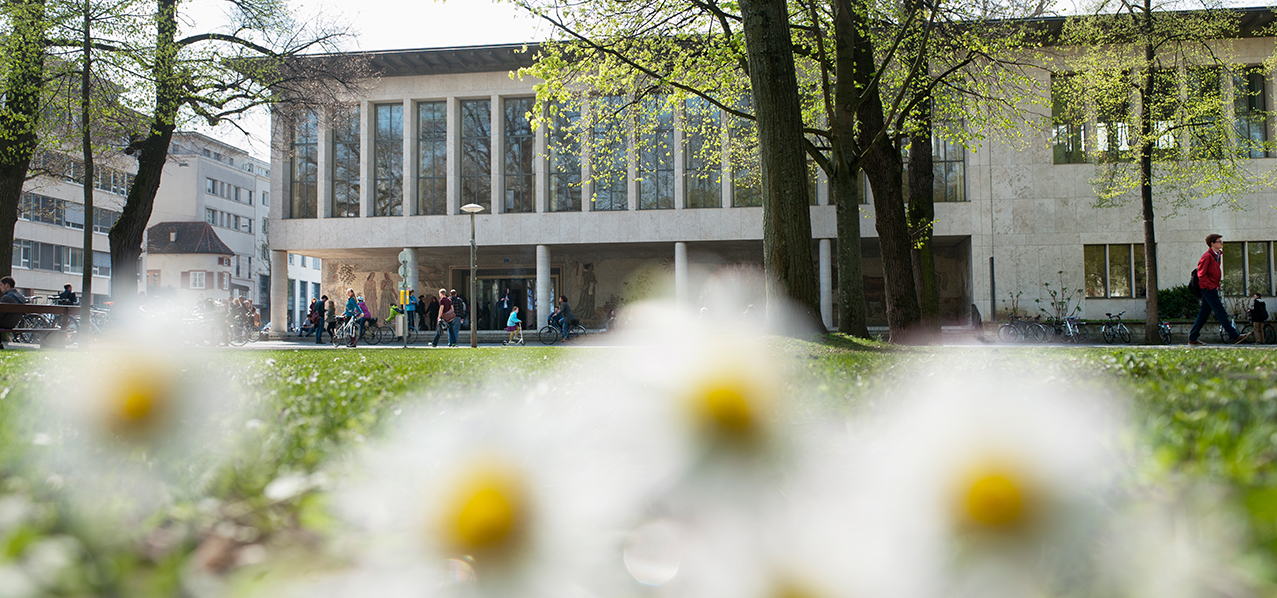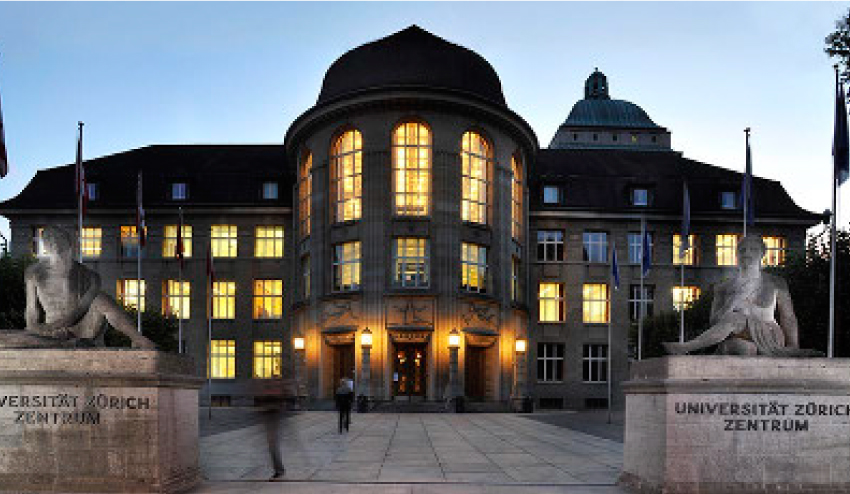Projects and Partners
The project consists of four research parts: Image (Ubl), Writing (Honold), Number (Dommann), and Cultural Techniques (Krajewski). The structure follows a historical and a systematic axis: The historical axis shall structure the reconstruction of media of exactitude in the social sciences and humanities along a historical trajectory. It builds a temporal arc (from the Greek ακρίβεια to algorithmic precision in the digital humanities) within which the ideals, procedures, and forms of representation of generation of exact knowledge can be placed. The systematic axis shall differentiate between the individual processes and practices through which exactitude is created, secured, and verified in varying methods, as well as in work and research routines. In these explorations, all research parts refuse both a one-sided anthropocentric view of exact work as the purview of (ingenious) scientific, scholarly and artistic subjects as well as a purely technical definition as precision aided by instruments. Instead they examine specific medial practices, means of representation, and epistemological ideals of exactitude in the context of images, writing, and numbers through a historical and systematic study of the cultural techniques with which they are engendered and applied (such as, for example, comparing, correcting, detailing, classifying, controlling, etc.).
.subpro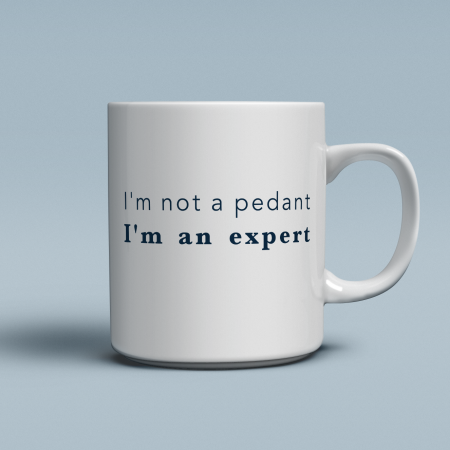
Pedantry
Projekt of Markus Krajewski
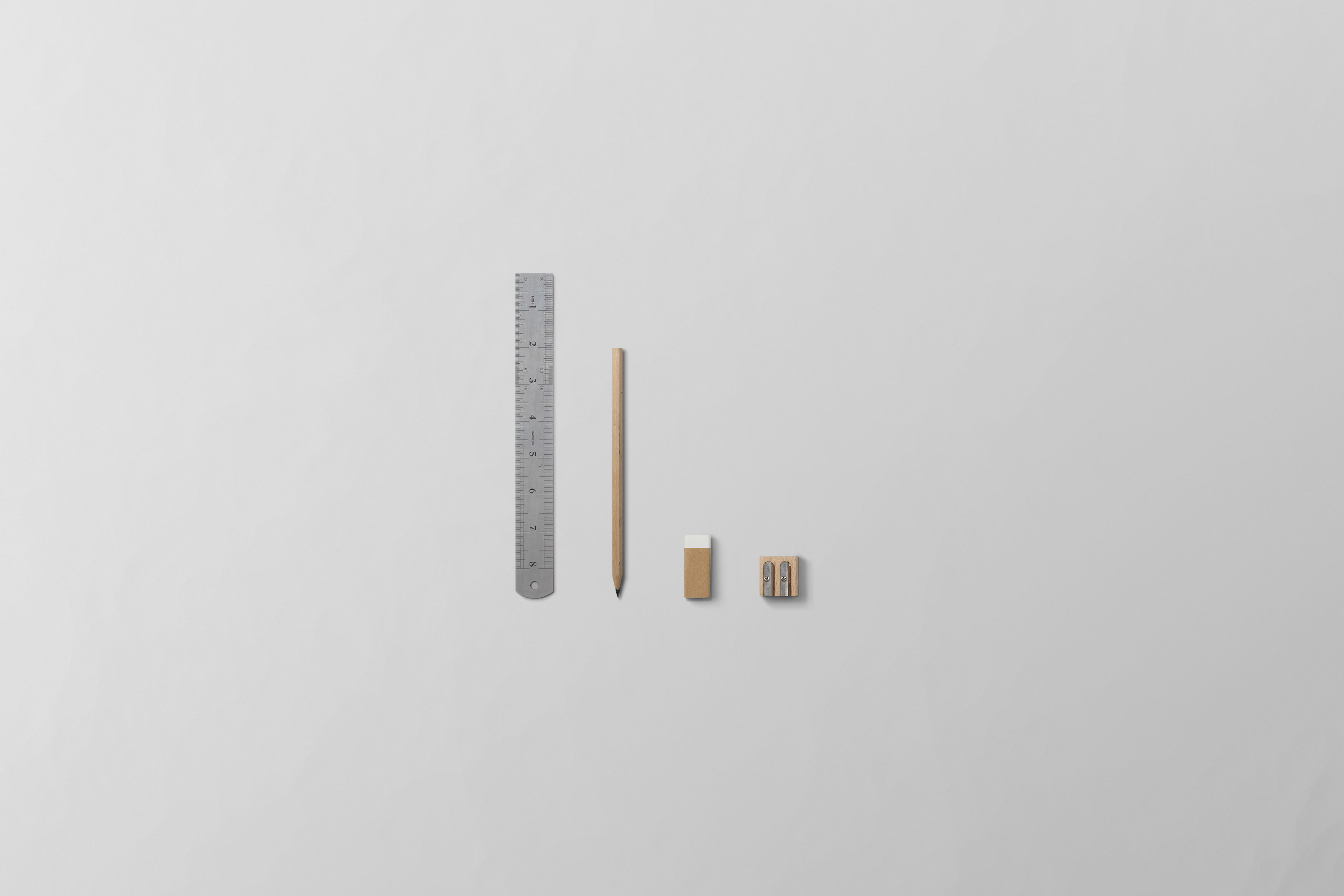
Cultural Techniques
Pedantry and Historiography

Image
Corrections and Counterparts

Number
Forecasting and Measurement. A knowledge history of economic and technological counting
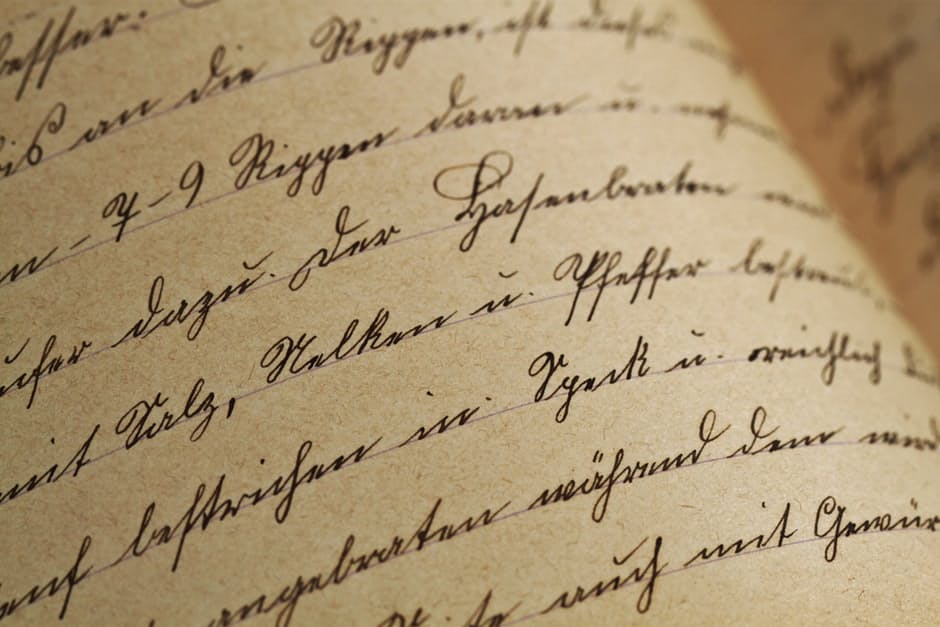
Writing
Instant Correction and Self-Documentation
